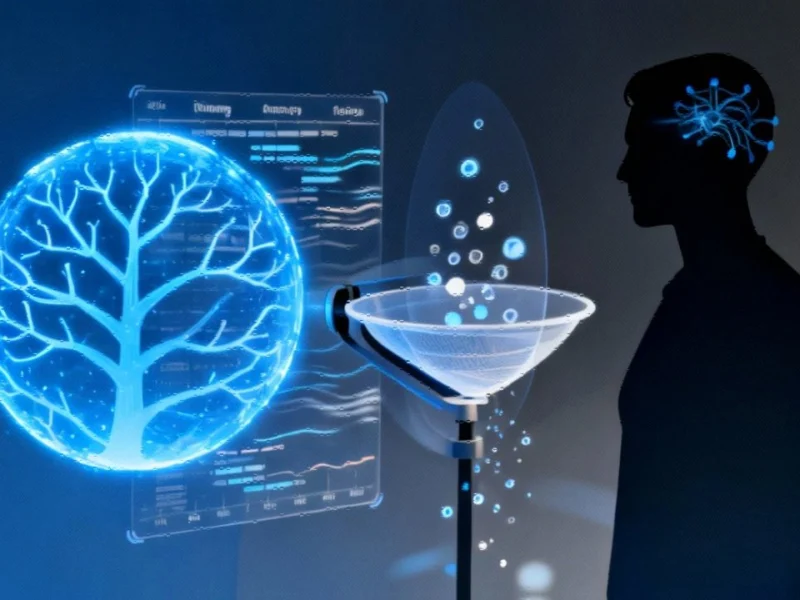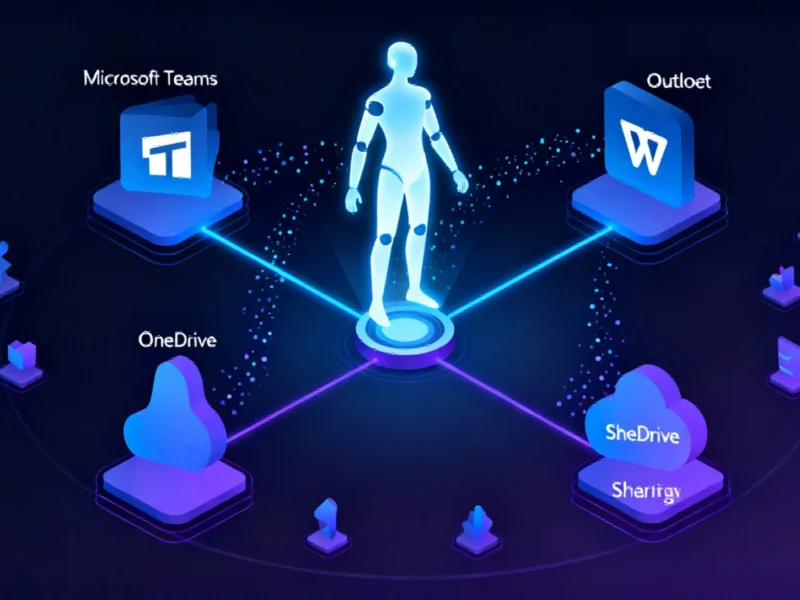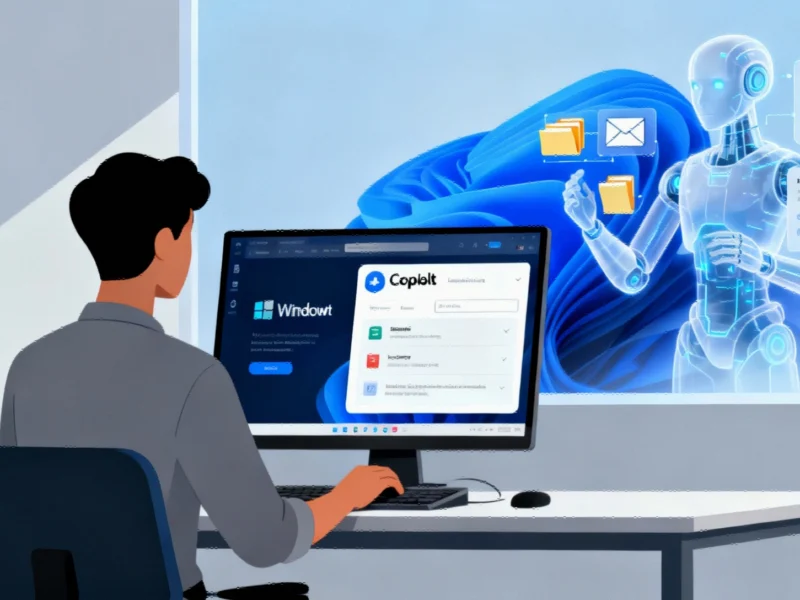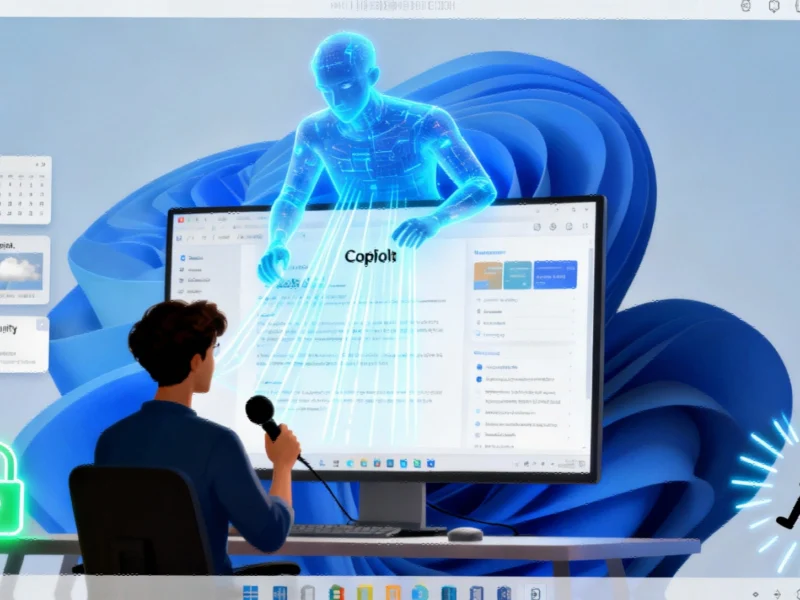As OpenAI launches its Atlas browser with integrated ChatGPT, industry analysts indicate Google’s deeply embedded AI ecosystem creates an unassailable position. The tech giant’s integration of Gemini across existing platforms and potential Anthropic partnership reinforces its structural advantage.
The AI Browser Landscape Shifts
OpenAI’s introduction of the Atlas browser this week represents the latest salvo in the escalating artificial intelligence platform wars, according to industry reports. The browser integrates ChatGPT technology throughout the interface, allowing users to either enter traditional web addresses or pose questions directly to the AI assistant. Sources indicate the browser automatically organizes results into categorized tabs for different content types, marking OpenAI’s ambitious expansion beyond conversational AI into the browsing layer itself.





